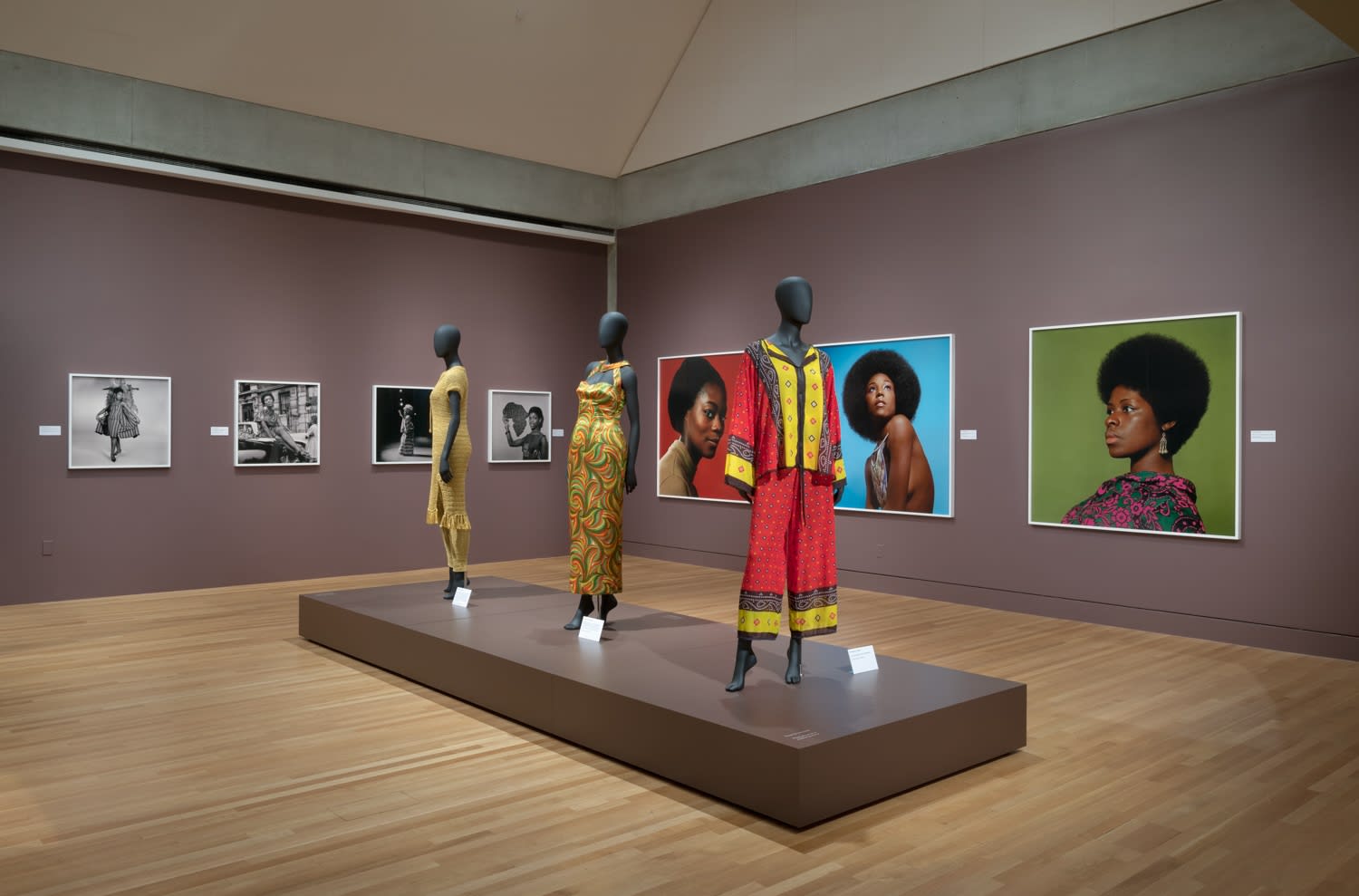An interview series spotlighting some of the great work coming out of Los Angeles. Hear directly from artists, curators, and art workers about their current projects and personal quirks.
Welcome to the eighth installment of the interview series Meet LA’s Art Community. Check out our past interviews here.
This week, we interview Cameron Shaw, who just joined the California African American Museum (CAAM) in September of 2019 as its deputy director and chief curator.
Shaw was previously the executive director of New Orleans-based Pelican Bomb, a nonprofit contemporary art organization that presented a forum for exhibitions, public programs, and arts journalism. Prior to her time in New Orleans, she was research manager at David Zwirner gallery in New York. She has also worked as a freelance writer and editor since 2008; her writing frequently focuses on the history of black art and image practices since 1960. She holds a BA in History of Art from Yale University, where she worked at the Yale Center for British Art. She was awarded a Creative Capital | Andy Warhol Foundation Arts Writers Grant for ShortForm Writing in 2009 and the Robert Rauschenberg Foundation | Art in America Writing Fellowship in 2015.
***
Where were you born?
I was born in Los Angeles.
How long have you been living in Los Angeles?
I grew up in LA. I moved away for college and was gone 17 years. I came back in 2017. It was time to come home.
What’s your first memory of seeing art?
My parents have lived in the same house for over 40 years that they designed and built together. Growing up, my house was full of things my dad made or salvaged from building sites he was working on. Even though she didn’t travel, my mom collected masks and folk art from many cultures, and she designed textile objects, like pillows and blankets, with my grandmother that filled my home. Family and friends were always hanging out there. In retrospect, I realize my house was the first piece of art I saw and fell in love with.
Do you like to photograph the art you see? If so, what device do you use to photograph?
I’ve never been big on photographing anything, including myself, and I don’t have any social media accounts. A few years ago, though, I did start taking pictures of art and wall texts on my phone for research purposes. They are bad photographs that I try to snap as quickly as possible, but they help me keep track of artists or new ideas I’m working through.
What was your favorite exhibition in Los Angeles this year?
The first exhibition that comes to mind is Black Is Beautiful: The Photography of Kwame Brathwaite at the Skirball Cultural Center. It was small but mighty.
What’s the best book you’ve read recently?
I devoured The Book of Night Women by Marlon James. It was published in 2009, but I only recently stumbled upon it in Skylight Books. Skylight is my favorite bookstore in LA for wandering around and picking things up.
Do you prefer to see art alone or with friends?
I like to see art with people I love — my mom, my partner, and my girlfriends from when I worked at David Zwirner in my early 20s. I bonded with these former colleagues over art and they’re still the first people I call when I need a date for an opening or event.
What are you currently working on?
The museum is THE thing I’m working on and with. I’m currently planning the next few years at CAAM from exhibitions to staffing to scheduling construction. Yes, it’s strategic visioning work, but the museum also feels like a living entity that is showing me what it wants to be — who and what it wants in it. A part of my job is to be a good listener.
What is one accomplishment that you are particularly proud of?
When I sunsetted Pelican Bomb, the arts organization I co-founded in New Orleans, I knew I needed to step more explicitly into creating space for black voices to be heard, respected, and valued. I’m proud of coming back to my hometown and joining an institution with a 40-year legacy of doing exactly that.
Where do you turn to for inspiration for your projects?
My curatorial practice centers around contemporary art as a lens for examining and navigating issues in everyday life, so most of my inspiration comes from talking to people, not just artists, about what they are thinking about and experiencing on a day-to-day basis. I think my superpower is connecting the dots.



